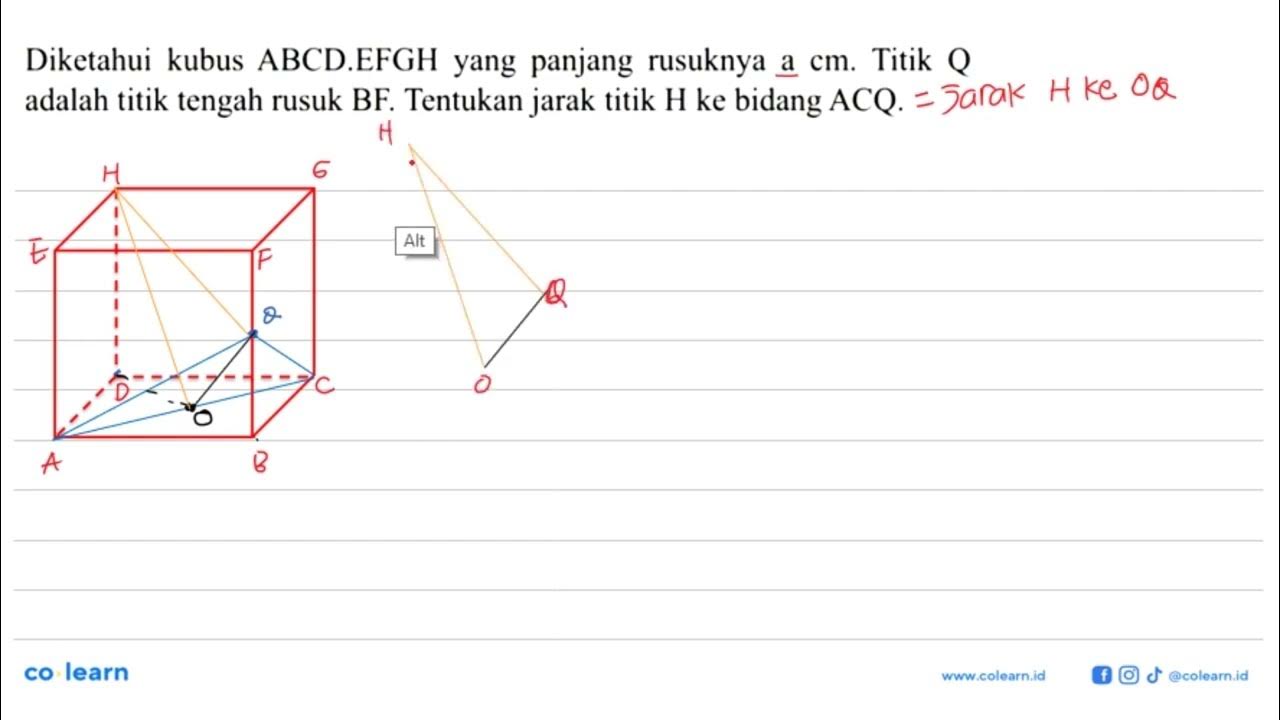CHAPTER 3.2: WHERE DID THE FIRST MASS TAKES PLACE IN THE PHILIPPINES?
Summary
TLDRAlmar H. Kassim from BS Social Wake 1A explores the pivotal event of the first Catholic mass in the Philippines, a significant moment in the country's history. The report delves into the historical and cultural importance of the mass, investigating its exact location through historical accounts and contemporary evidence. Two primary sources, Francisco Albo's and Antonio Pigafetta's accounts, provide insights into the Magellan expedition's journey and interactions with local inhabitants. The debate between the Butuan and Limasawa claims is discussed, with the National Historical Commission declaring Limasawa as the official site of the first mass.
Takeaways
- 😀 Almar H. Kassim from BS Social Wake 1A is discussing Chapter 3.2, which focuses on the historical significance of the first mass in the Philippines.
- 🌟 The introduction of Catholicism in the Philippines marked a significant turning point in the country's history, with the first mass holding immense historical and cultural importance.
- 📍 Two primary locations are believed to be the site of the first mass: Butuan and Limasawa, with the latter being the more widely accepted site.
- 🔍 The report aims to investigate the exact location of the first mass by examining historical accounts and contemporary evidence.
- 🚢 The expedition led by Magellan involved a blood compact or sanduguan, symbolizing friendship and the initiation of the first mass.
- 🗺️ The accounts of Francisco Albo and Antonio Pigafetta are considered primary sources for understanding the events of Magellan's expedition, including the first mass.
- 📜 Francisco Albo's account details the planting of a cross on a mountain top with a view of three islands, aligning with the southern end of Limasawa Island.
- 📝 Antonio Pigafetta's journal provides a firsthand account of the journey, including interactions with local people and the route taken by Magellan's expedition.
- 🏝️ The expedition's journey included stops at various islands, such as Homonhon, Maawa, and the Camotes Islands, before reaching Cebu.
- ✅ The National Historical Commission has officially declared Limasawa as the site of the first mass in the Philippines.
Q & A
Who is the speaker in the transcript discussing Chapter 3.2?
-The speaker is Almar H. Kassim from BS Social Wake 1A.
What is the main topic of Chapter 3.2 discussed in the transcript?
-The main topic is the location of the first mass in the Philippines, specifically the historical and cultural significance of the event.
What are the two primary sources mentioned in the transcript for understanding the first mass in the Philippines?
-The two primary sources mentioned are the accounts of Francisco Albo and Antonio Pigafetta.
Why are Francisco Albo and Antonio Pigafetta considered primary sources for the first mass in the Philippines?
-They are considered primary sources because they were physically present during the time of the events and served as eyewitnesses to the historical occurrences.
What significant event is referred to as the 'first baptism' in the transcript?
-The 'first baptism' refers to the beginning of Catholic influence in the Philippines during the 16th century.
What is the Butuan claim mentioned in the transcript?
-The Butuan claim is one of the beliefs among Filipinos about the location of the first mass in the Philippines.
What is the Limasawa claim and how does it relate to the first mass in the Philippines?
-The Limasawa claim is another belief about the location of the first mass, which is supported by historical accounts and is considered the site by many historians.
What does the term 'blood compact' or 'sanduguan' refer to in the context of the transcript?
-The 'blood compact' or 'sanduguan' refers to a symbol of friendship and agreement between the Spanish and local natives, which is believed to have taken place before the first mass.
What is the significance of the cross planting mentioned in Francisco Albo's account?
-The cross planting on a mountain top from which three islands could be seen aligns with the southern end of Limasawa Island, supporting the claim that the first mass took place there.
What does Antonio Pigafetta's account contribute to the understanding of the first mass in the Philippines?
-Antonio Pigafetta's account provides a detailed journal of the journey, including the route taken by Magellan's Expedition, the islands they encountered, and their interactions with local people, which helps to contextualize the first mass.
What is the conclusion of the National Historical Commission regarding the official site of the first mass in the Philippines?
-The National Historical Commission has declared the official site of the first mass to be Limasawa.
Outlines

Этот раздел доступен только подписчикам платных тарифов. Пожалуйста, перейдите на платный тариф для доступа.
Перейти на платный тарифMindmap

Этот раздел доступен только подписчикам платных тарифов. Пожалуйста, перейдите на платный тариф для доступа.
Перейти на платный тарифKeywords

Этот раздел доступен только подписчикам платных тарифов. Пожалуйста, перейдите на платный тариф для доступа.
Перейти на платный тарифHighlights

Этот раздел доступен только подписчикам платных тарифов. Пожалуйста, перейдите на платный тариф для доступа.
Перейти на платный тарифTranscripts

Этот раздел доступен только подписчикам платных тарифов. Пожалуйста, перейдите на платный тариф для доступа.
Перейти на платный тарифПосмотреть больше похожих видео

Blood as a Buffer: Carbonic Acid-Bicarbonate Buffer System in Blood (A-level Chemistry)

Diketahui kubus ABCD.EFGH yang panjang rusuknya a cm. Titik Q adalah titik tengah rusuk BF...

Incident C15 Getting Know Our Colleagues

Evaluating composite functions | Mathematics III | High School Math | Khan Academy

OH NO: Trump sides with Elon Musk over MAGA

FUNGSI KOMPOSISI dengan 3 fungsi
5.0 / 5 (0 votes)
